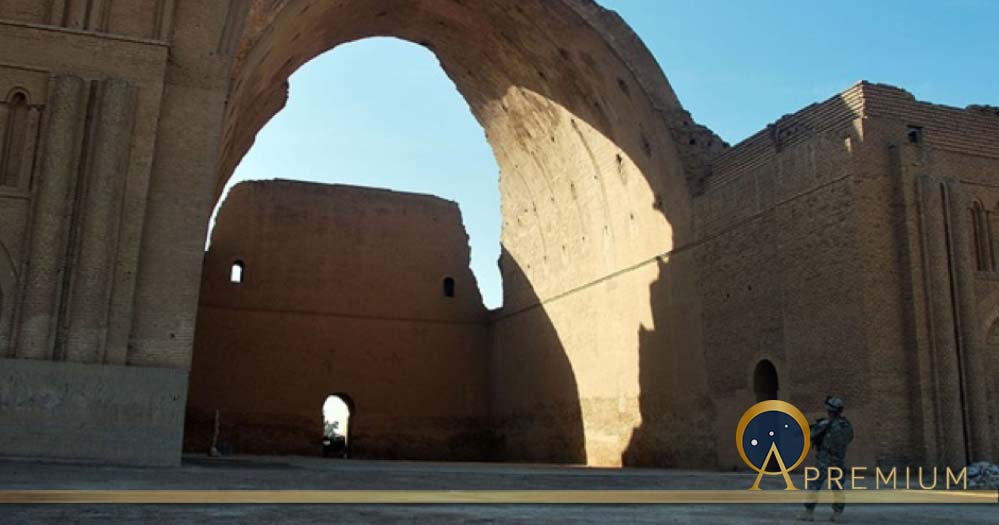Ardashir’s Effective Reform of the Sassanid Military Machine
In the third century AD, Parthia and Rome had been waging war against each other for far too long. Sometimes Parthia was the victor while at other times Rome was the victor, and it seemed as if no end to the war was in sight. Then finally: “Severus’ success destabilized the Parthian dynasty, fatally weakening it, and what emerged to take its place would be a mirror image of Rome itself – a ruthless, aggressive, centralized state that would stop at nothing.” This ‘mirror image’ of Rome was none other than the Sassanid Empire, founded by Ardashir I around 208 AD, but the empire only really took shape when he rebelled and overthrew the Parthian Empire in 227.

Artwork of Ardashir, the founder of the Sassanid Empire, from a book called Nāma-ye ḵosrovān published by Jalal Al-Din Mirza (1827 - 1872). (Public Domain)
Parthian Rule
In 216, Rome and Parthia went to war and the conflict between the two did not end until a year later in 217. The result was a Parthian victory, but at a heavy price; a diminished military-aged male population. Within the decade another war erupted, this time between the ruling Parthians and the subjugated Persians led by Ardashir, a descendant of the kings of Persis. So why did Ardashir rise up to overthrow the Parthian Empire? Ardashir was tired of losing, not so much in the sense of losing wars as if it were a football game, but rather the loss of heritage and an ineffective militia that was incapable of launching a truly successful invasion into Roman territory.

Coin of Ardashir I. (CC BY-SA 3.0)
The reason why Parthia was never fully successful at defeating Rome was due to lack of a standing army. Parthia in a time of war could mobilize and set off towards their intended objective, but it took a great deal of time to execute this procedure. Besides its defaulted military status, Parthia also lacked a centralized government. Parthia was very much rooted in the Achaemenid traditions when conducting its administrative affairs. However, they also adopted Hellenism, to provide a voice for local governments embedded in the various provinces under Parthian control. Many of the regions had enjoyed a good taste of Greco-Macedonian government before the Parthians came to power. Lastly, Parthia also continued in its tribal ways, adding tribal democracy to the equation. Parthia was no more a monarchy than it was a democracy.
Like this Preview and want to read on? You can! JOIN US THERE ( with easy, instant access ) and see what you’re missing!! All Premium articles are available in full, with immediate access.
For the price of a cup of coffee, you get this and all the other great benefits at Ancient Origins Premium. And - each time you support AO Premium, you support independent thought and writing.
Cam Rea is an author and military historian. He has written numerous articles for Ancient Origins, Classical Wisdom Weekly, and has authored several books, including: The Wars of Israel: A Military History of Ancient Israel from the End of Judges to Solomon
Top Image: Remains of Taq Kasra in 2008. Arch of Cstesiphon, Capital city of King Ardashir (Public Domain)
By Cam Rea



















